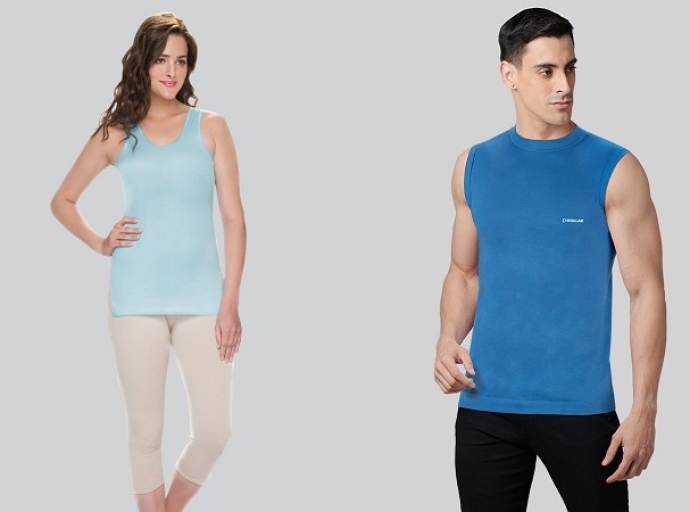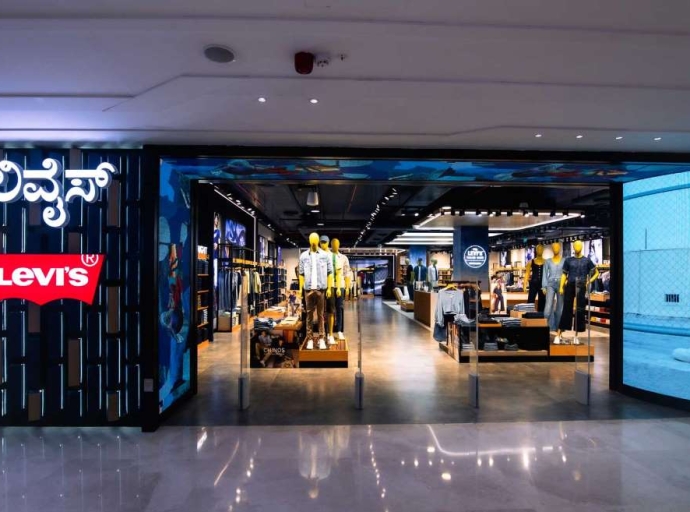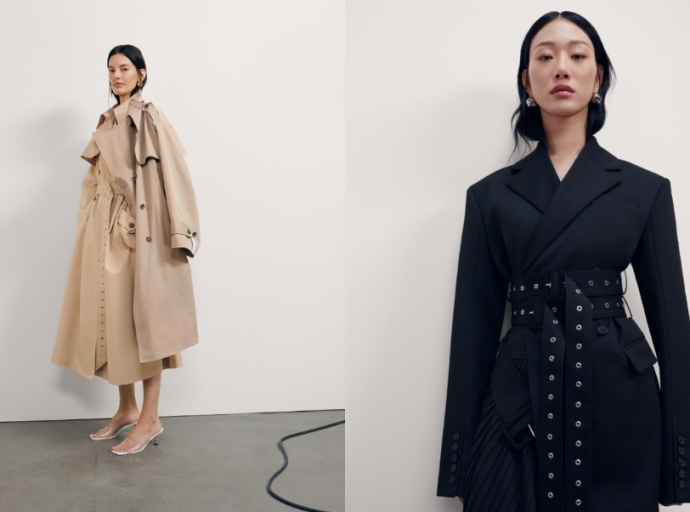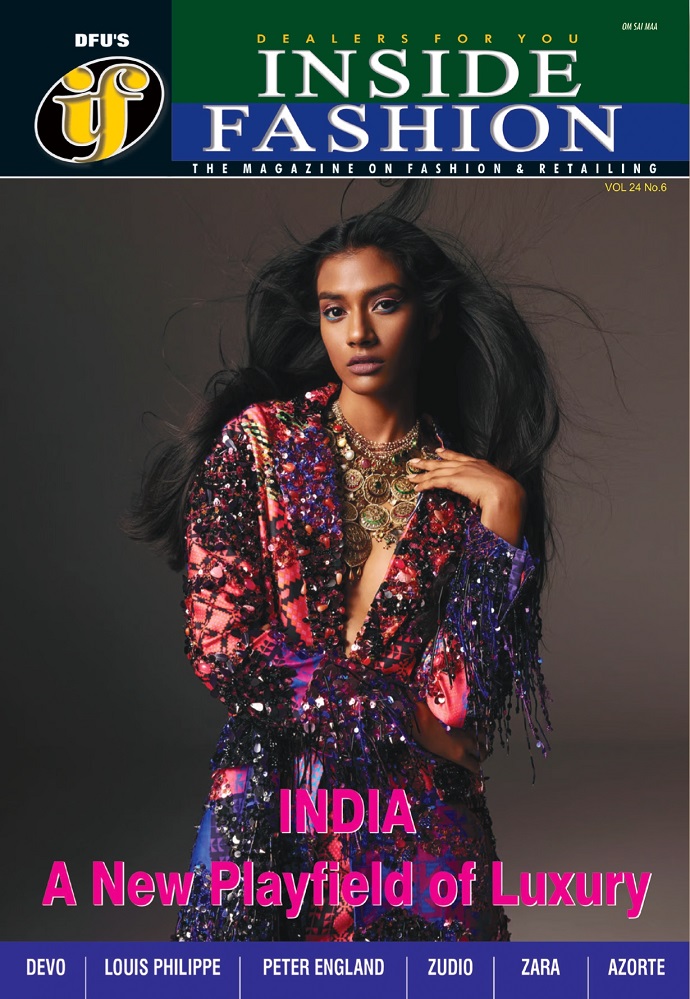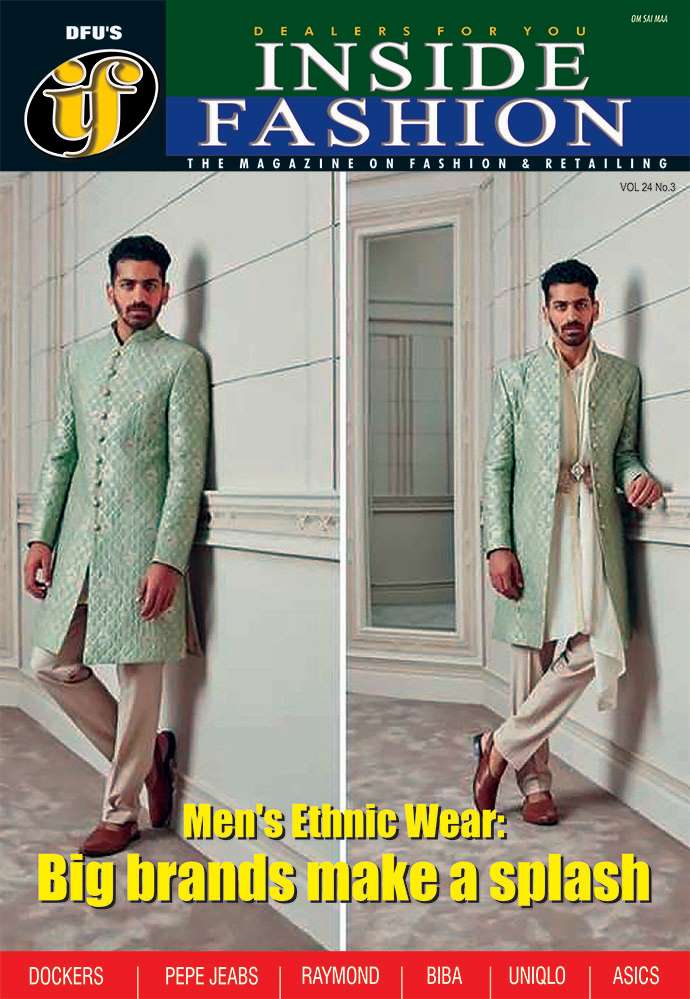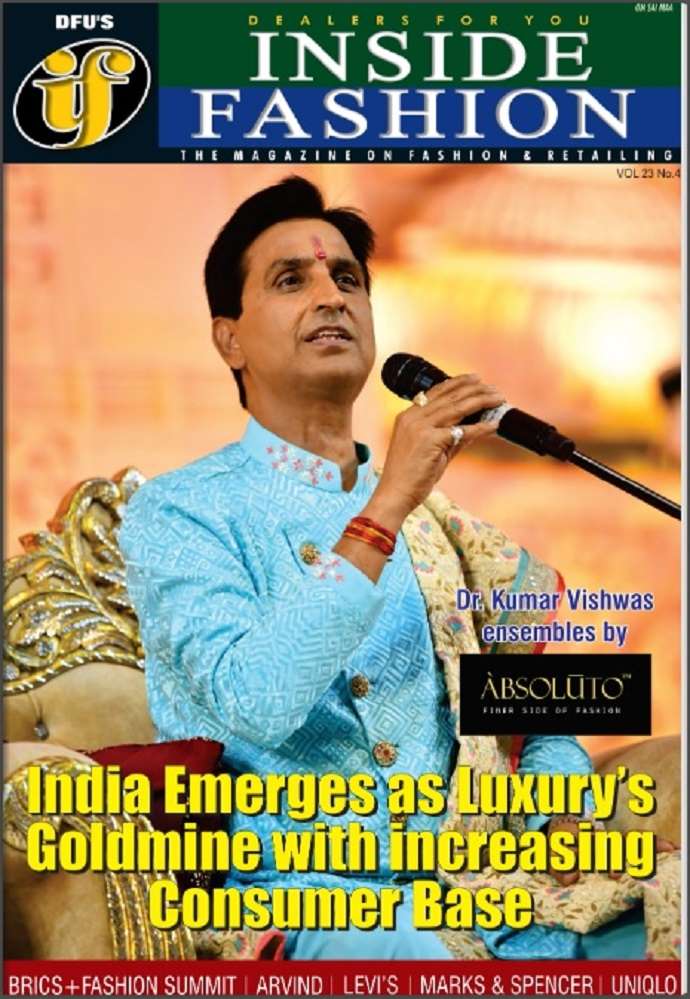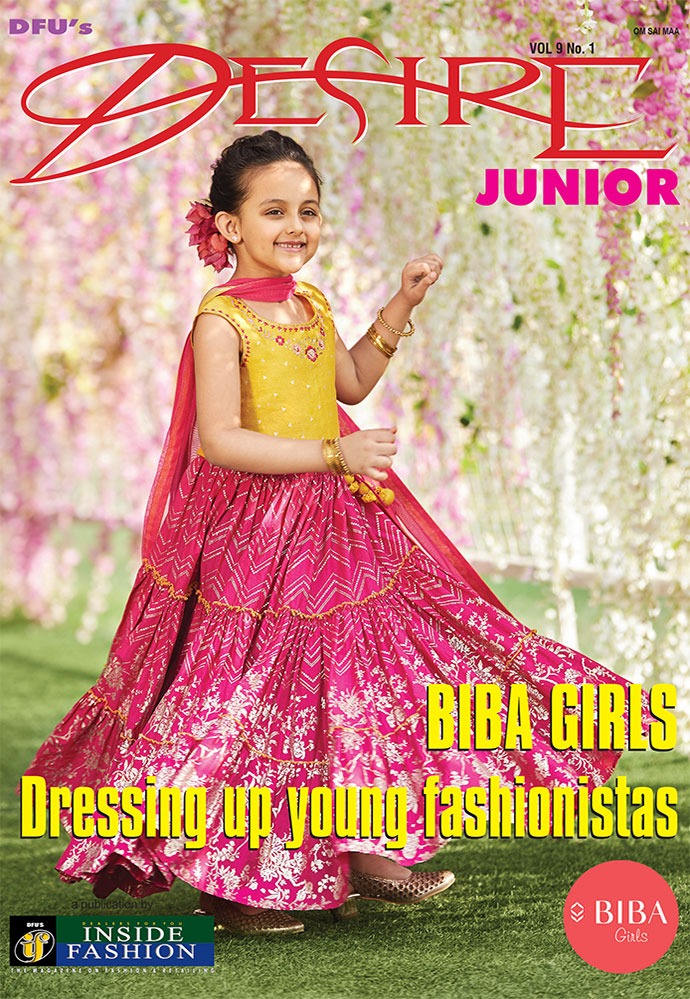Recognised for its western casual brands like Jack and Jones and Vero Moda, renowned retailer Bestseller plans to close its Indian ethnic wear brand, Indifusion, after three years of acquisition. This move is influenced by the significant losses faced by the brand in recent times and declining demand in the ethnic wear sector, as reported by retailers and mall owners.
Bestseller had acquired Indifusion during the peak of the pandemic in a distress sale, despite lacking prior experience in operating an Indian wear label. An industry executive noted the inherent challenges for a predominantly western brand company in understanding and navigating the nuances of the Indian wear segment, a task exacerbated by the overall slowdown in discretionary spending, particularly in apparel.
In recent years, there has been a noticeable shift in consumer preferences from traditional ready-to-stitch clothing to ready-to-wear garments. National players such as BIBA, W, AND, and Global Desi have played pivotal roles in driving growth in branded apparel, with a significant transition towards ethnic and western wear. However, despite the global fashion brands' push for westernised clothing in the Indian market, ethnic wear remains the dominant category in women's wear, comprising 71 per ent of the market share.
Devarajan Iyer, CEO, Lifestyle International, highlights, the current stagnation in the growth of the ethnic wear segment over the past year contrasts sharply with the double-digit expansion witnessed in western wear. This trend underscores the changing consumer behavior, where ethnic wear is increasingly reserved for special occasions rather than everyday wear.
Pakhi Saxena, Head-Retail and Consumer Products, Wazir Advisors, affirms, despite these challenges, the women's ethnic wear market is projected to grow at a CAGR of 8 per cent between FY23 and FY26 to surpass $22 billion by FY26.
According to her, consumers are gravitating more towards clothing that blends cultural influences with comfort and convenience, a trend reflected in the rising popularity of fusion wear.
Characterised by its contemporary interpretation of traditional garments, fusion wear has seen remarkable growth driven by factors such as the increasing female workforce, the younger demographic's embrace of traditional wear with modern twists, and the influence of fashion and entertainment industries. From pairing basic kurtis with jeans to experimenting with sarees and lehengas teamed with unconventional tops, fusion wear continues to evolve in response to changing fashion trends and consumer preferences, says Saxena.
As direct-to-consumer brands gain traction and more individuals embrace western and fusion wear, the traditional wear segment faces challenges. However, with innovation and adaptation, the industry remains poised for transformation and growth in the evolving fashion landscape.





